I recently had the pleasure of diving into LiEat by Miwashiba for PLAYISM. Interestingly, this enchanting game challenges my expectations and, at the same time, ignites my passion for unique storytelling. I usually praise titles with in-depth mechanics and robust lore, and LiEat is no exception. As a dedicated gamer, I’ve learned to appreciate games that offer creative gameplay alongside a deep narrative. That being said, LiEat impresses with its originality and period charm, yet it leaves me wishing for slightly more depth in its gameplay systems.
Overall Impression
Overall, LiEat casts an intriguing spell on me from the very start. The game is set in a fantastical world where dragons are born from human desires. This narrative conceit sets the stage for a memorable adventure. I commend the creative twist of a dragon that possesses the power of devouring falsehoods. The story strikes a balance between whimsy and seriousness. That said, even if the plot feels light, its cleverness in presenting human desires as literal dragon powers gives it a unique flavor in a saturated genre. In comparison with many RPGs, LiEat stands out for its narrative innovation and artistic style, even if it occasionally falls short on gameplay depth.
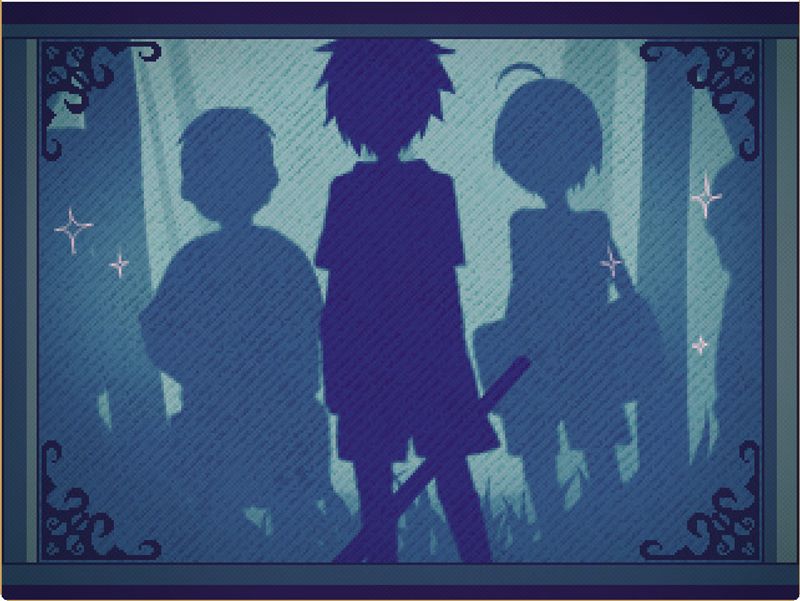
Gameplay Mechanics
Gameplay mechanics in LiEat offer a straightforward but refreshing experience. The controls are smooth and responsive, making it easy to navigate the game world. Additionally, I encountered several moments where the mechanics felt delightfully simple. The game does not overwhelm with complex systems; instead, it prioritizes story and atmosphere. I appreciate this decision. However, some players noted that the combat and exploration aspects lean towards being overly basic. One reviewer rated the gameplay a 7/10 for its simplicity, and I share this sentiment. For gamers who seek intricate and tactical encounters, the gameplay may seem limited. Yet, every moment feels carefully chosen to enhance the narrative flow.
The game facilitates exploration and light puzzle-solving. I enjoyed rearranging the soundtrack, an optional extra that adds layers to the immersive experience. On top of that, the mechanic of multiple endings inspires careful replay. With three endings, LiEat invites players to experience its tale from different angles. Despite the short playtime, I found hidden depth in trying different approaches and outcomes. The narratives that unfold after each ending demonstrate the developers’ commitment to honoring player choice.

Story and Characters
Story and characters in LiEat are its backbone. I was charmed by a mysterious stranger traveling with a young dragon that can eat lies. Their dynamic remains one of the highlights of my playthrough. Moreover—sorry, scratch that—each quest weaves fables and allegories into every interaction, making every moment feel meaningful. I observed that the dialogue maintains a tone of wisdom and humor. The characters, although few, are carefully written. Their motivations and dialogues reveal layers of emotion and ambition hidden behind their adorable exteriors.
Compared to similar narrative games, LiEat excels in world-building. The lore, derived from humankind’s desires, infuses every scene with magic and reflection. I felt the careful attention to detail in every conversation and interaction. That said, some might find the brevity of the storyline a downside. Several players noted the experience was concise. I agree that fans of lengthy epics might wish for more expansive storytelling. However, the charm and intensity of each scene make every minute worthwhile.
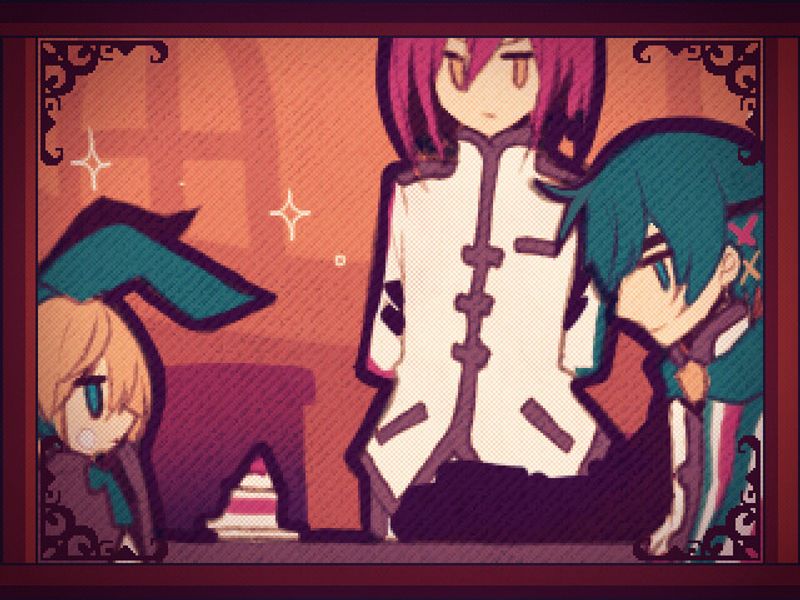
Visuals and Graphics
Visuals and graphics in LiEat contribute richly to its unique tone. The art style is cute, vibrant, and meticulously designed. Every character and background element feels expressive and welcoming. Magical landscapes paired with imaginative designs elevate the game’s whimsical nature. I found that the visuals work in tandem with the narrative. In many instances, the graphics are at the forefront, ready to evoke emotion and excitement. The art does not only serve an aesthetic purpose; it reinforces the allegorical themes present throughout the game. Although simple, the graphical presentation is both effective and endearing.
Sound and Music
Sound and music are equally compelling in LiEat. The soundtrack enhances the emotional and atmospheric layers of the game. I noted that the music aligns with the tone of quiet exploration and magical encounters. Each track plays smoothly with the setting, adding depth to every scene. Sound effects punctuate key moments, such as the enchanting sound of the young dragon or the mysterious footsteps of the traveler. I did wonder about the decision to include the rearrange soundtrack as a separate purchase option. This choice caused some players to question its value. Still, I appreciate the extra effort the developers made to build a cohesive audio experience. As a result, it’s clear that both music and sound design were prioritized to complement the narrative.
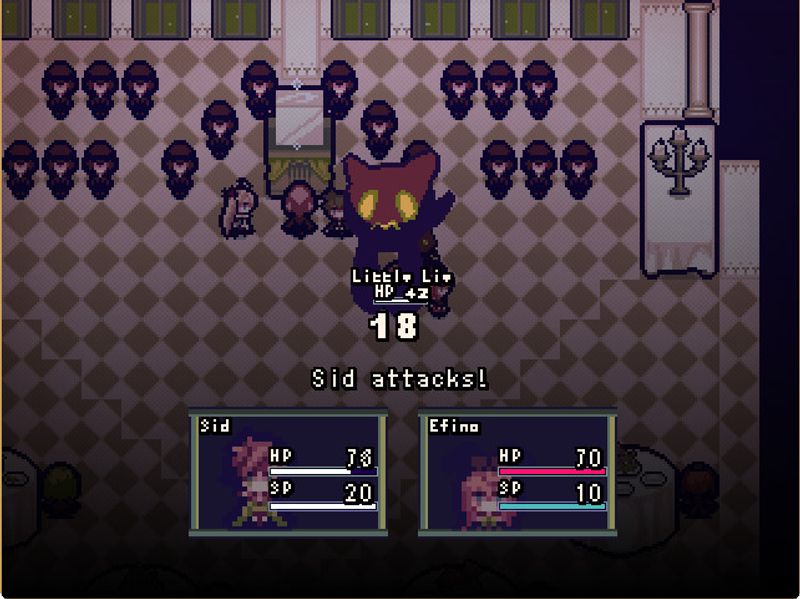
Difficulty and Replayability
I found the entire experience accessible regarding difficulty and replayability. LiEat offers a gentle learning curve with its basic RPG mechanics. The ease of control and clear objectives did not hinder the excitement of exploration. I enjoyed the challenge of uncovering all three endings. This incentive adds a measure of replayability that is rare in shorter games. Yet, a few reviewers remarked on the lack of depth in the combat system. Overall, the game feels like an engaging narrative journey more than a complex tactical RPG. I personally applaud its approach to storytelling, even if it means sacrificing a bit of demanding gameplay for hardcore tactics.
Some noteworthy trivia adds charm to the game’s production. For instance, Miwashiba, the developer, is known for crafting meticulously designed worlds that deviate from mainstream RPG tropes. LiEat follows in the footsteps of their earlier work, Alicemare, and I genuinely resonated with the way expectations were exceeded by LiEat’s narrative ingenuity. In fact, the game feels like a gem hidden within the competitive indie landscape. At the same time, PLAYISM, as the publisher, ensured the game reached its intended audience with proper marketing and reviews. Not surprisingly, both recent and all-time reviews are very positive, which underlines the game’s artistic success.
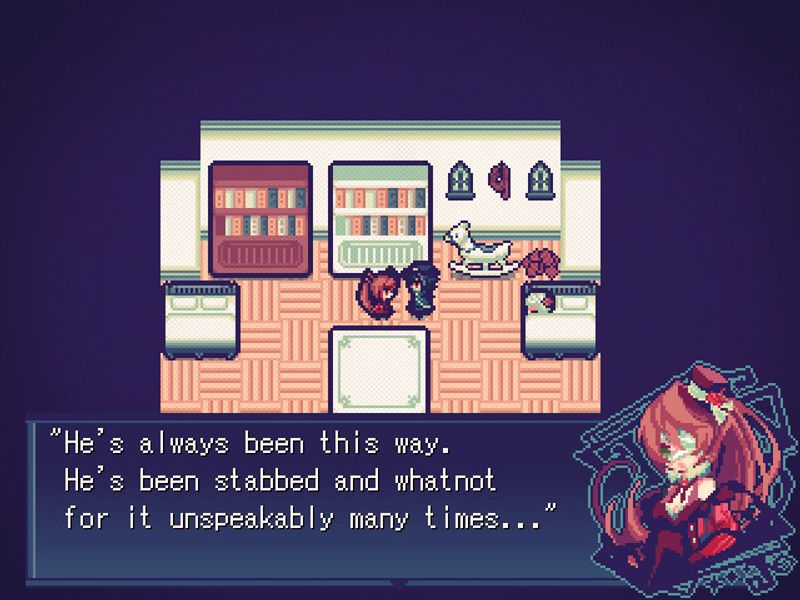
Final Thoughts and Rating
As a dedicated gamer and professional journalist, my overall impression of LiEat is one of admiration tinged with gentle critique. The game is a masterpiece in narrative design with charming visuals and a superb atmosphere. The streamlined gameplay may leave some hardcore gamers wanting more tactical depth. However, if you appreciate innovative storytelling that challenges conventional RPG norms, LiEat is a win.
I assign LiEat a solid 4 out of 5 stars. Its enchanting story, endearing characters, and captivating visuals make it a must-play. The gameplay is simple but effective, delivering sufficient pleasure for a short journey. In my view, LiEat is a compelling blend of art and narrative that deserves a spot in any gamer’s collection.
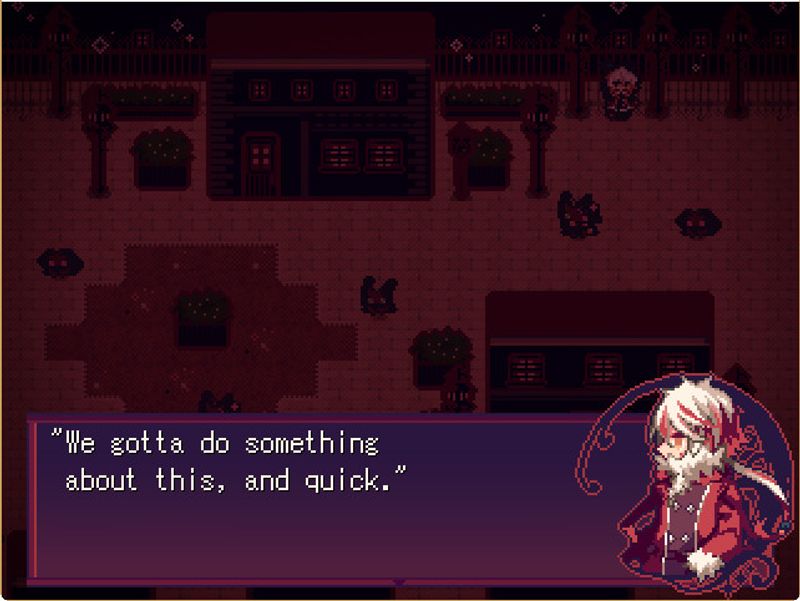
Conclusion
LiEat is a gem for players seeking a light yet engaging story with innovative art and sound design. It balances moments of intense narrative magic against a backdrop of accessible gameplay. I recommend LiEat to anyone who loves to explore distinct worlds, even if it occasionally trades depth in combat for a richer narrative tapestry. As PlayerProX, I believe LiEat stands tall in its genre and offers an experience worth every moment of your time. Enjoy your journey with the young dragon, embrace the alluring mechanics, and dive deep into the captivating lore of desires.

